Did you know you can actually feel red light therapy working?
Test your device and learn what to look for in 60 seconds!

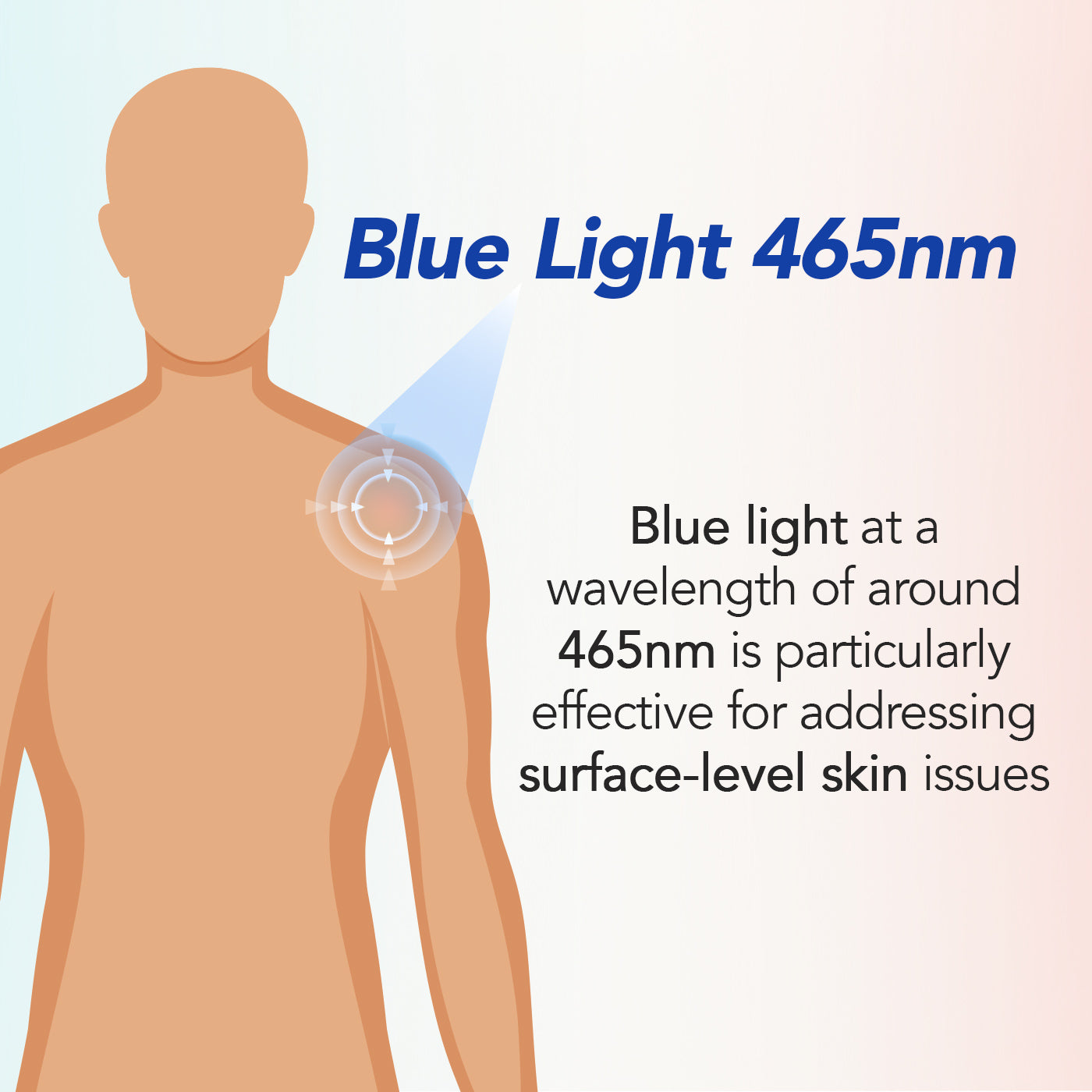
For Surface-Level Skin Issues
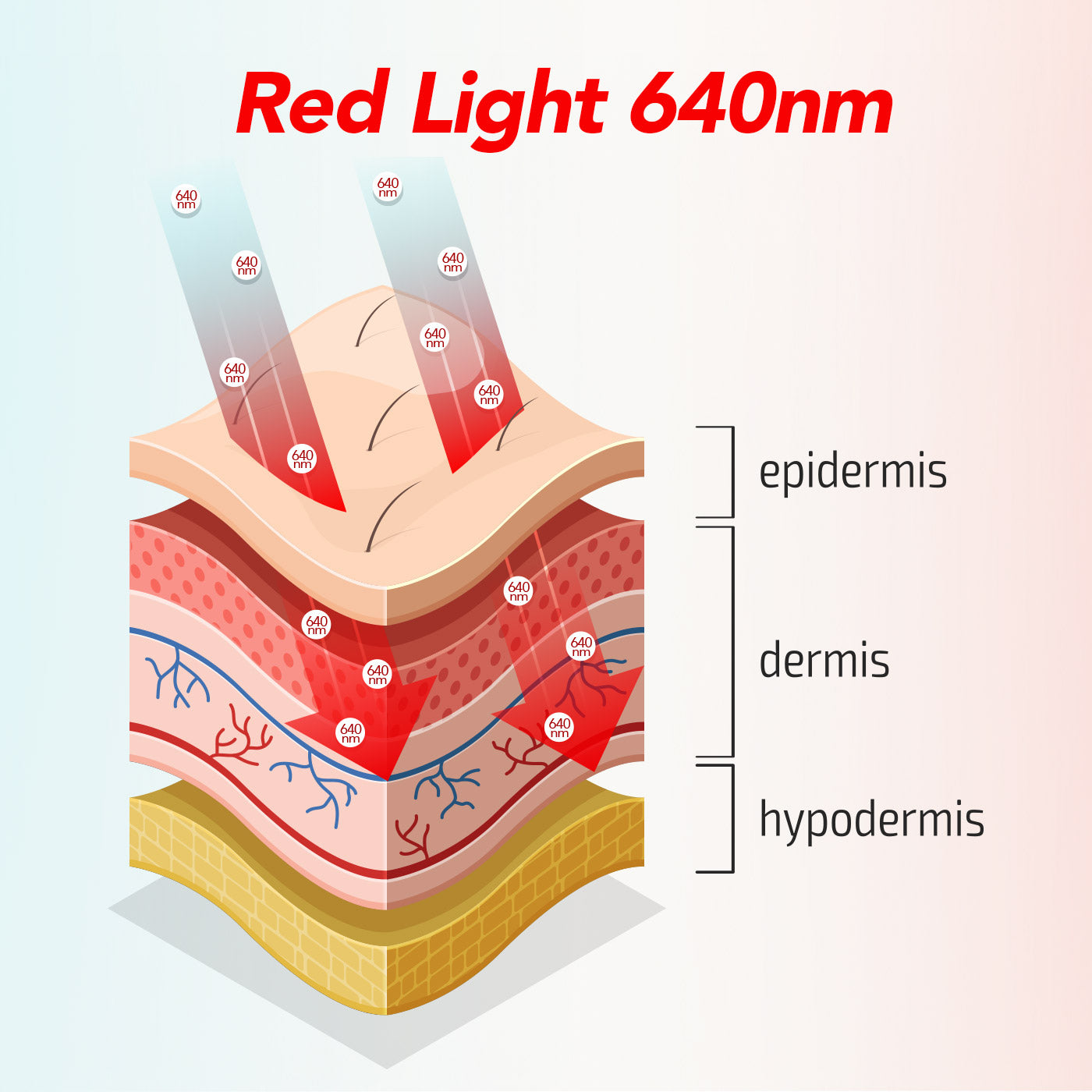
Targeting the Epidermis and Upper Dermis Layers
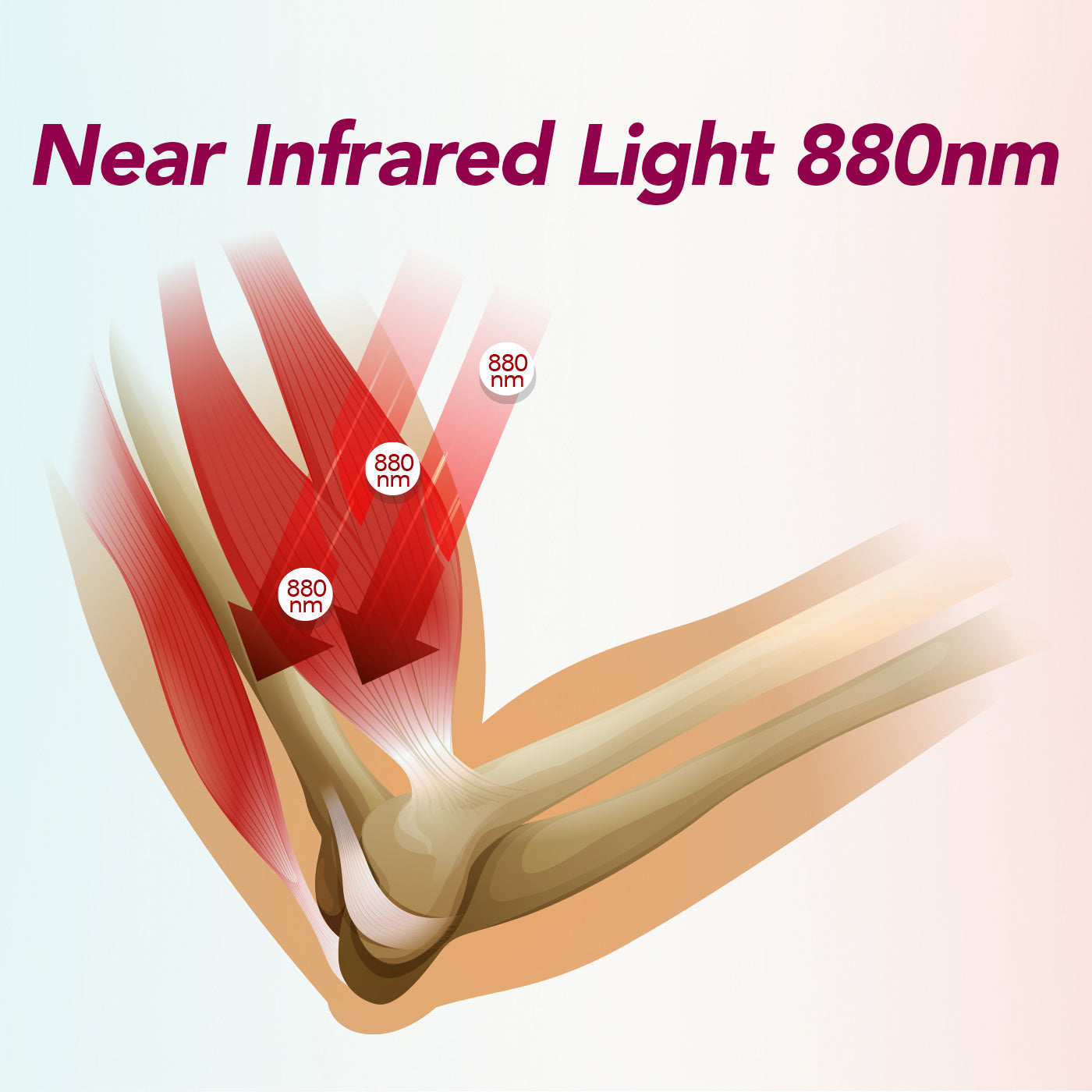
Targets deep Tissues, Muscles, Joints, and Internal Organs
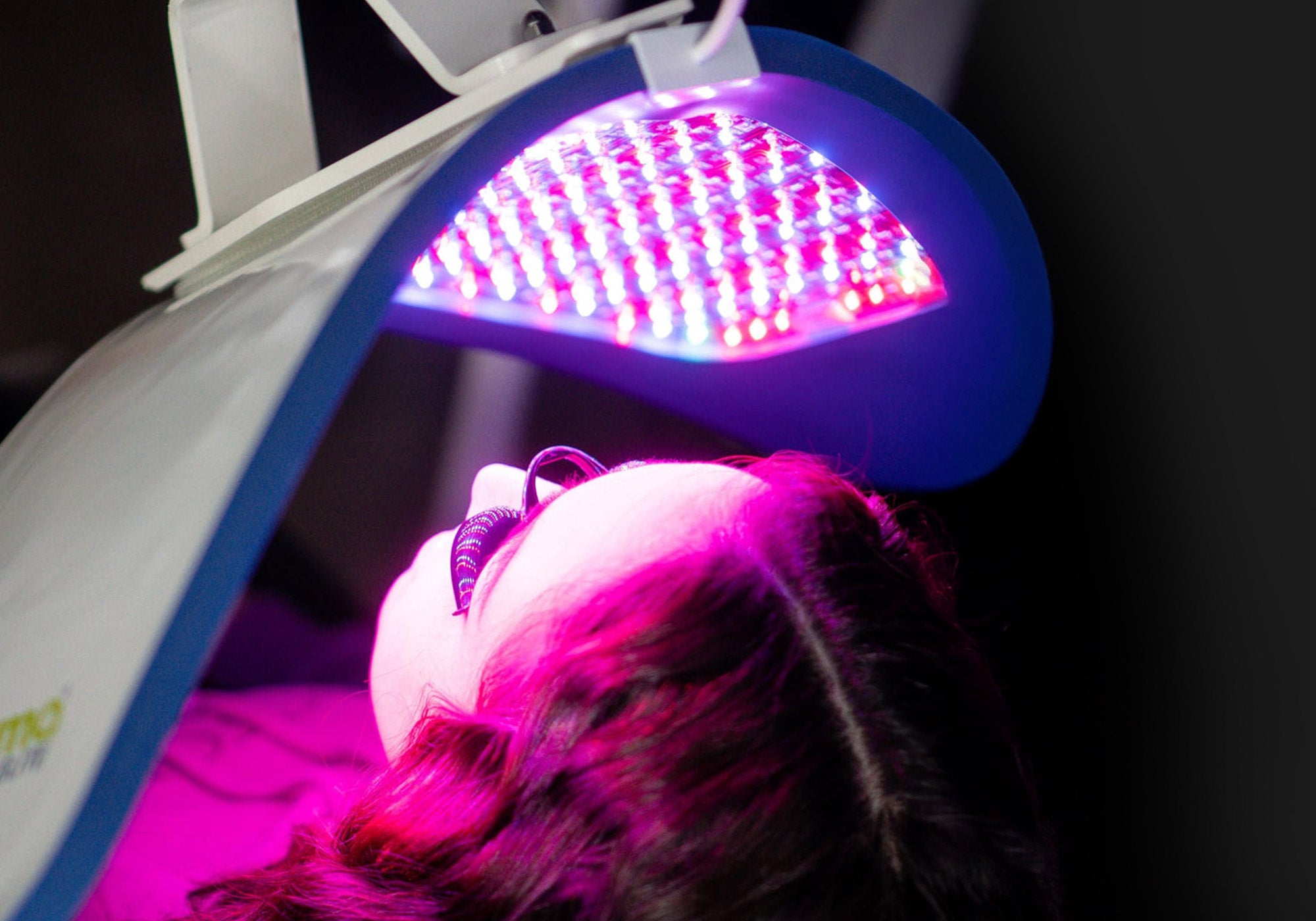
LED light therapy devices must be designed and built based on established scientific principles to ensure their effectiveness.
Devices that do not follow these principles are essentially ordinary light bulbs. No matter how it is debated, the following points are grounded in science, not opinions. They are based on scientific evidence and facts.
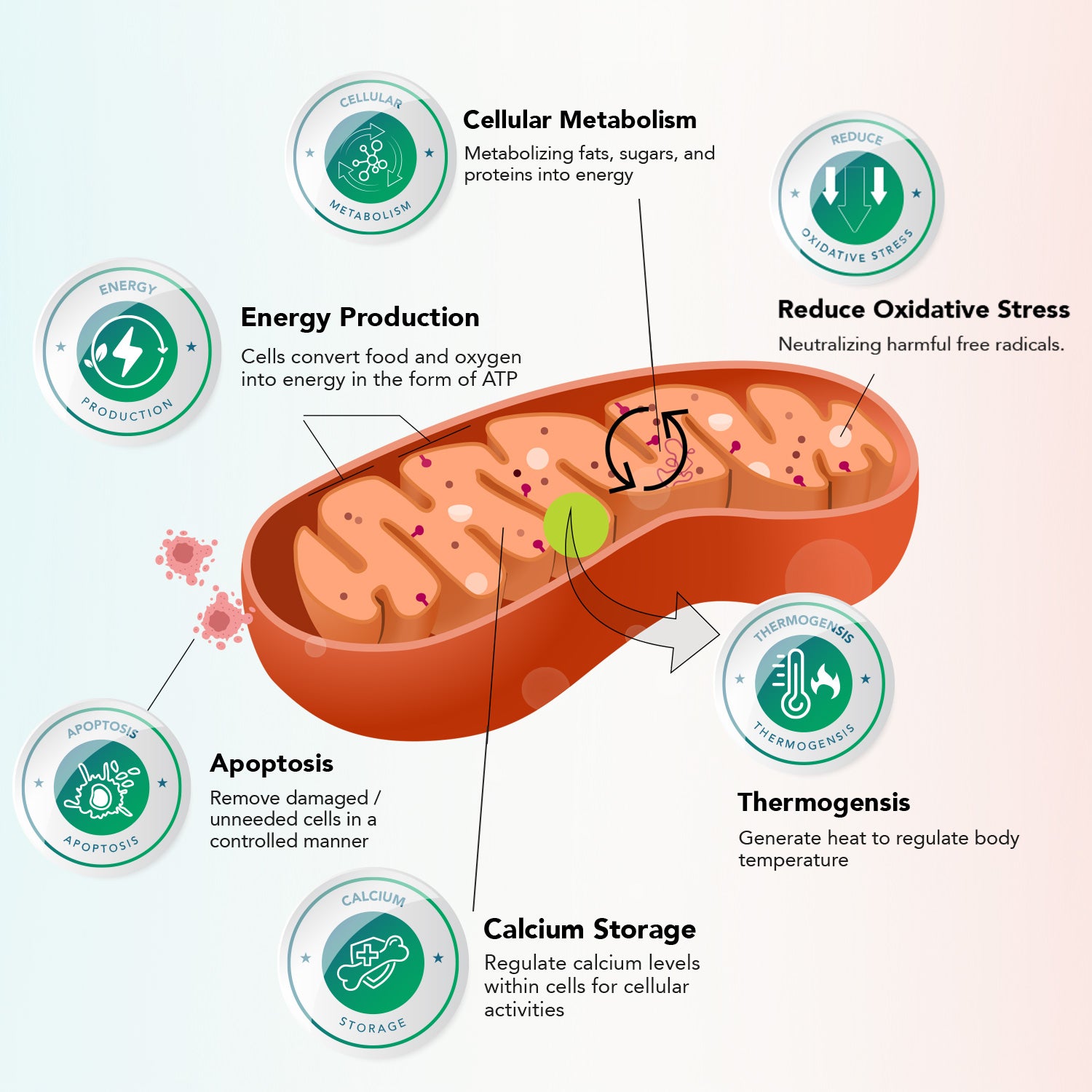
What is Mitochondria and why is it important?
How Light Helps Mitochondria Produce Energy More Efficiently?
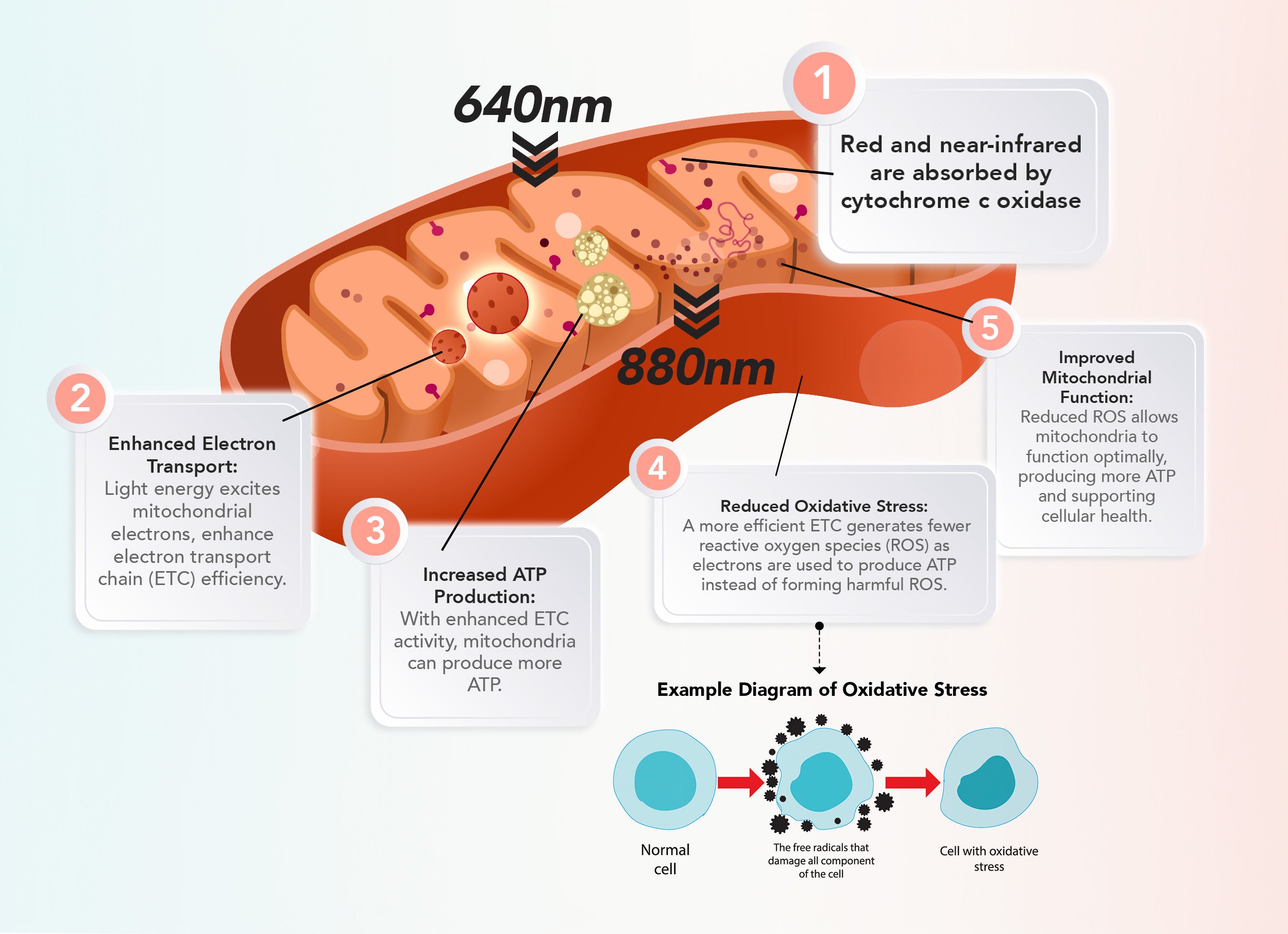
Photon Absorption by Mitochondria
Mitochondria are like the power plants of our cells, creating energy in the form of ATP (adenosine triphosphate), which cells use to perform tasks like repair, growth, and keeping us healthy.
When light, specifically red or near-infrared (NIR) light, hits the cells, it gets absorbed by certain molecules in the mitochondria. One key molecule is cytochrome c oxidase, an enzyme that plays a critical role in the process of generating energy in mitochondria.
Enhanced Electron Transport:
The absorbed light energy excites electrons in the mitochondria, improving the efficiency of the electron transport chain (ETC), which is responsible for producing ATP (adenosine triphosphate), the cell's primary energy molecule.
Increased ATP Production:
With the electron transport chain working at a faster and more efficient rate, the mitochondria produce more ATP. Think of ATP as the fuel that powers every activity in our cells. With more ATP, the cells can do their jobs better—whether it’s healing a wound, contracting muscles, or fighting off an infection.
Less ROS Production:
When red or near-infrared light is absorbed by cytochrome c oxidase in the mitochondria, it improves the efficiency of the electron transport chain (ETC) by reducing electron "leakage." This limits the premature escape of electrons, a key factor in the formation of reactive oxygen species (ROS). As the ETC becomes more efficient, fewer ROS are produced, as electrons are used to generate ATP rather than reacting with oxygen to form harmful byproducts.
Improved Mitochondrial Function:
With reduced ROS levels and less oxidative stress, mitochondria can function optimally without damage to their components, allowing them to produce more ATP and support cellular health.
When Your Mitochondria Is In Good Shape
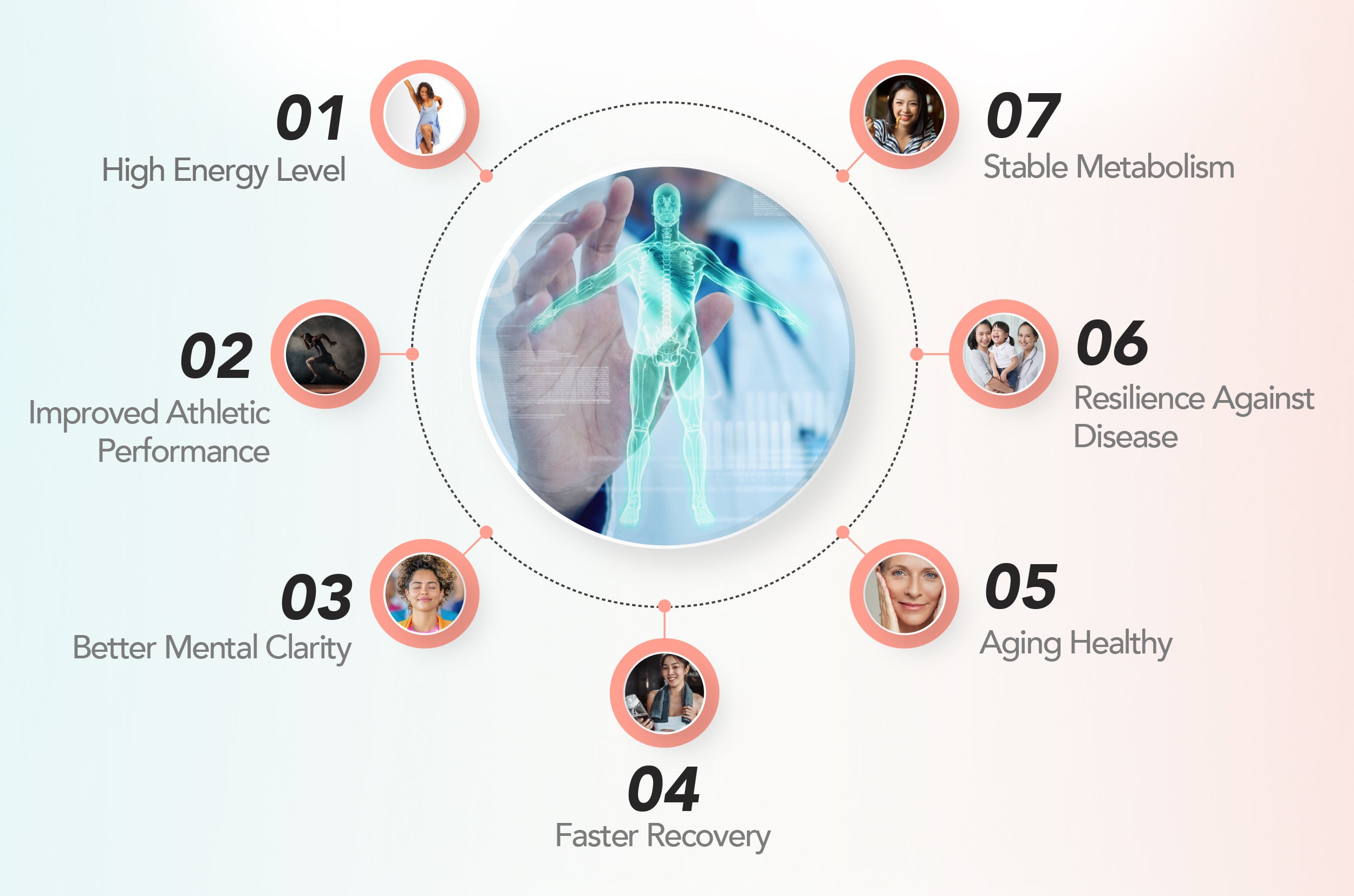
This depicts an individual with enhanced stamina and vitality, effortlessly taking on both physical and mental tasks. They feel less fatigued, more focused, and energized throughout the day. This is not just about being active; it’s about experiencing sustained energy that powers a productive, fulfilling lifestyle, from work to recreation. Improved mitochondrial function allows the body to generate more ATP, leading to greater endurance, alertness, and overall well-being.
Their enhanced stamina and strength come from optimized mitochondrial function, allowing them to produce more ATP and efficiently fuel their muscles for extended periods of physical exertion. They recover quicker between sets, maintain peak performance for longer durations, and experience fewer signs of fatigue. Whether it’s lifting heavier weights, completing a marathon, or cycling uphill, the individual radiates resilience and power, reflecting how improved mitochondrial health directly boosts physical capability.
The brain requires a lot of energy to function. Healthy mitochondria help you stay focused, improve memory, and support overall cognitive function.
Top-form mitochondria help your cells repair and regenerate quickly, meaning you’ll recover faster from workouts, injuries, and illnesses.
Strong mitochondria slow down the aging process at a cellular level by reducing the buildup of free radicals and preventing oxidative stress, keeping your body and skin looking and feeling younger.
When mitochondria are in excellent shape, your cells are better equipped to fight off illnesses, reducing your risk of chronic diseases like diabetes, heart disease, and neurodegenerative conditions.
Efficient mitochondria support a healthy metabolism, helping you maintain a stable weight and balance energy levels throughout the day.
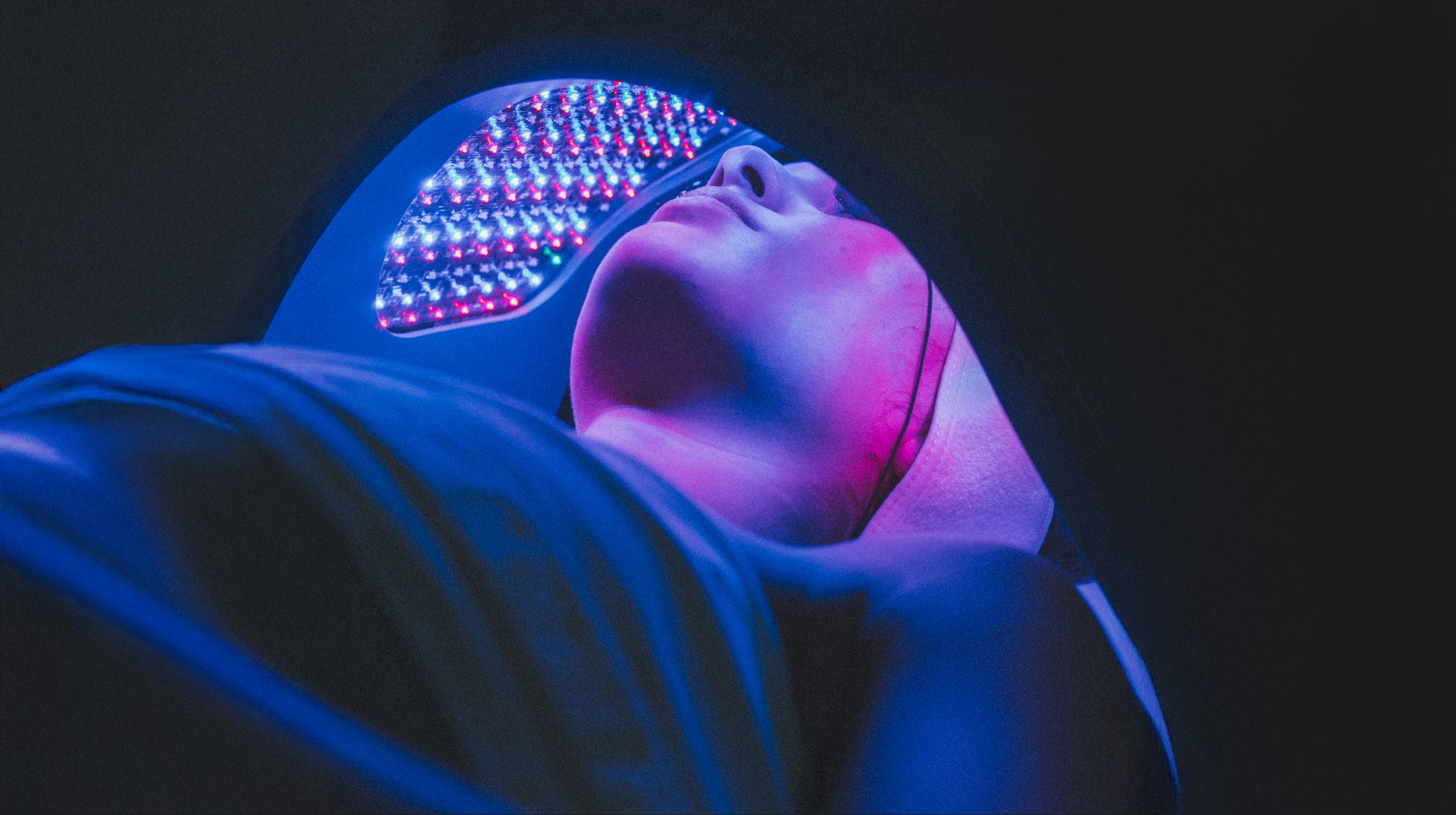
If you want real and effective results, try Celluma’s medical-grade LED Light Therapy device and see the difference yourself.
Don’t take our word for it but regulatory bodies in 98 Countries can’t be wrong
Shop NowBacked by Clinical Research






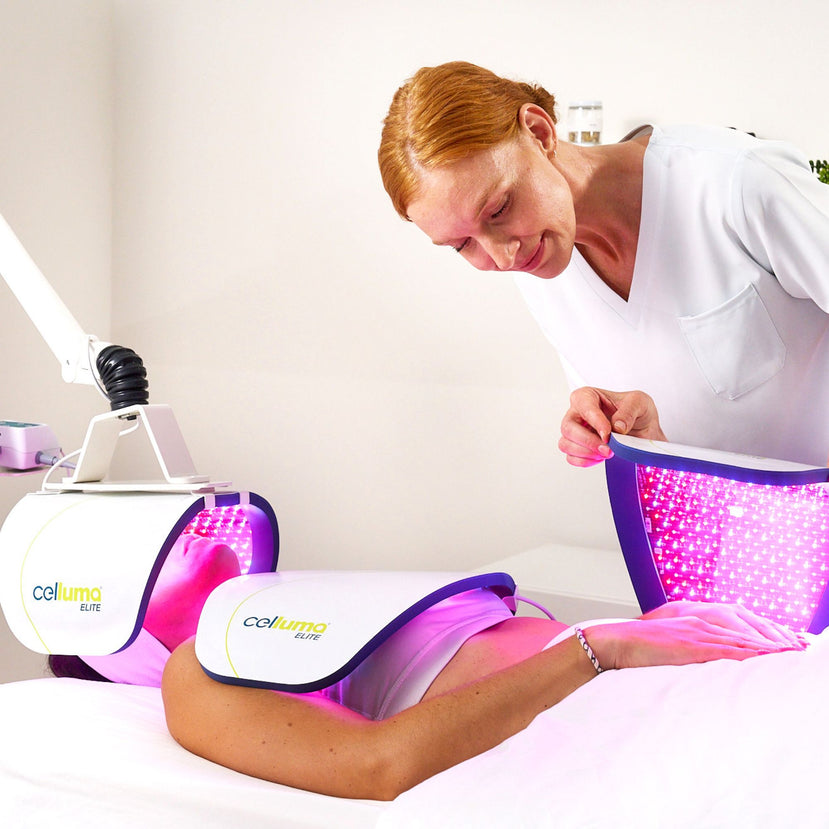
Celluma isn't just another LED device
We’re the only brand where you can literally feel the power of Red Light Therapy at work. Step into the future with Celluma and experience the next level of clinical excellence.
Find Out More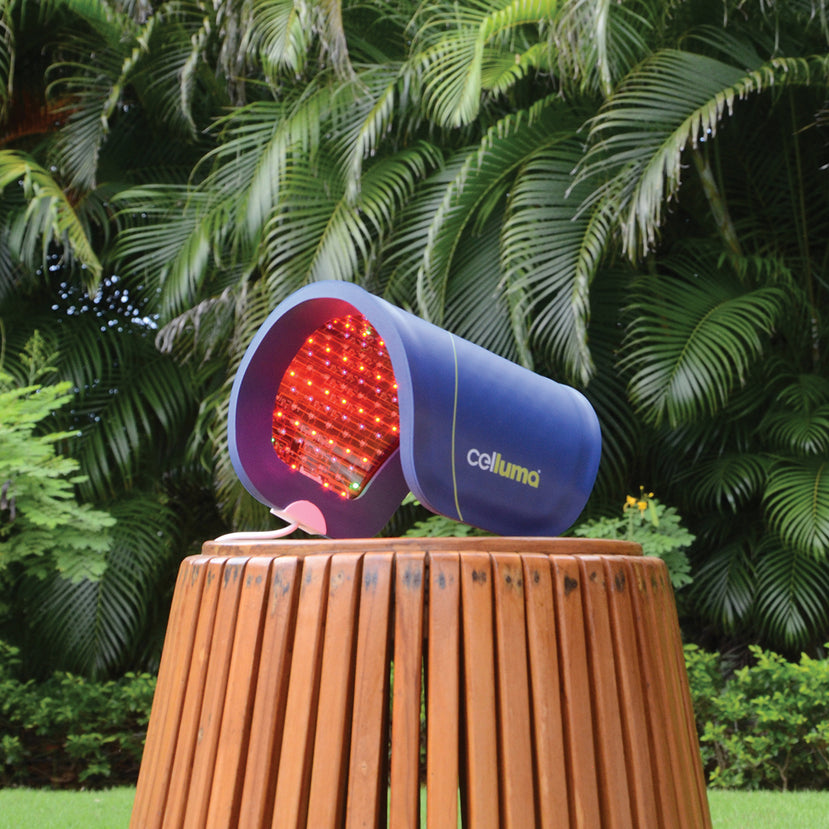
Discover which high-profile celebrities are using Celluma
Find out why Celluma stands out as a trusted medical-grade LED device, delivering clinically proven results for a variety of treatments.
Find Out MoreBy Concern